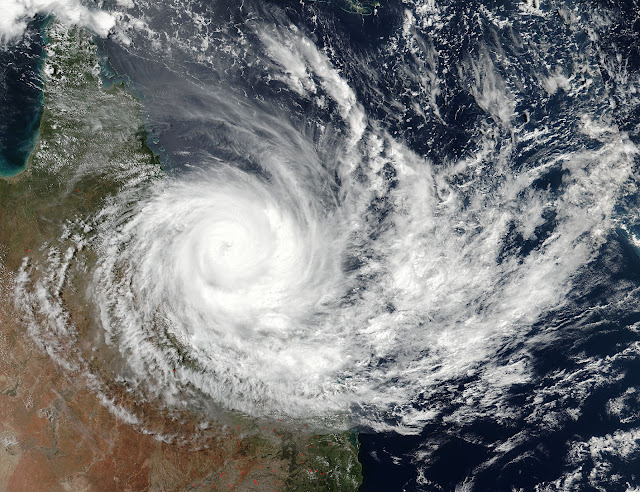
Some astronomical objects have endearing or quirky nicknames, inspired by mythology or their own appearance. Take, for example, the constellation of Orion (The Hunter), the Sombrero Galaxy, the Horsehead Nebula, or even the Milky Way. However, the vast majority of cosmic objects appear in astronomical catalogues, and are given rather less poetic names based on the order of their discovery. Two galaxies are clearly visible in this Hubble image, the larger of which is NGC 4424. This galaxy is catalogued in the New General Catalogue of Nebulae and lusters of Stars (NGC), which was compiled in 1888. The NGC is one of the largest astronomical catalogues, which is why so many Hubble Pictures of the Week feature NGC objects. In total there are 7840 entries in the catalogue and they are also generally the larger, brighter, and more eye-catching objects in the night sky, and hence the ones more easily spotted by early stargazers. The smaller, flatter, bright galaxy sitting just below NGC 4424 i...
























